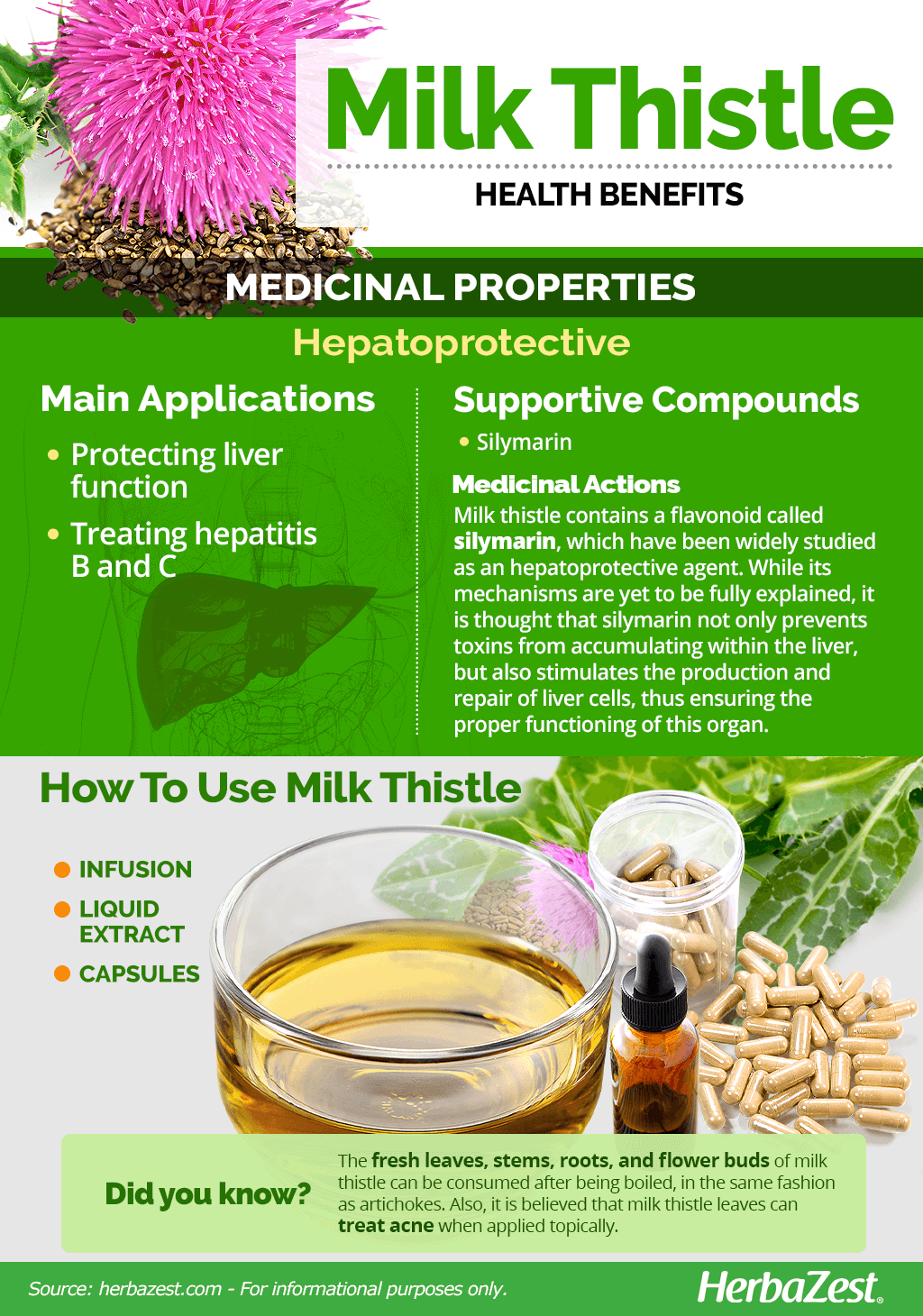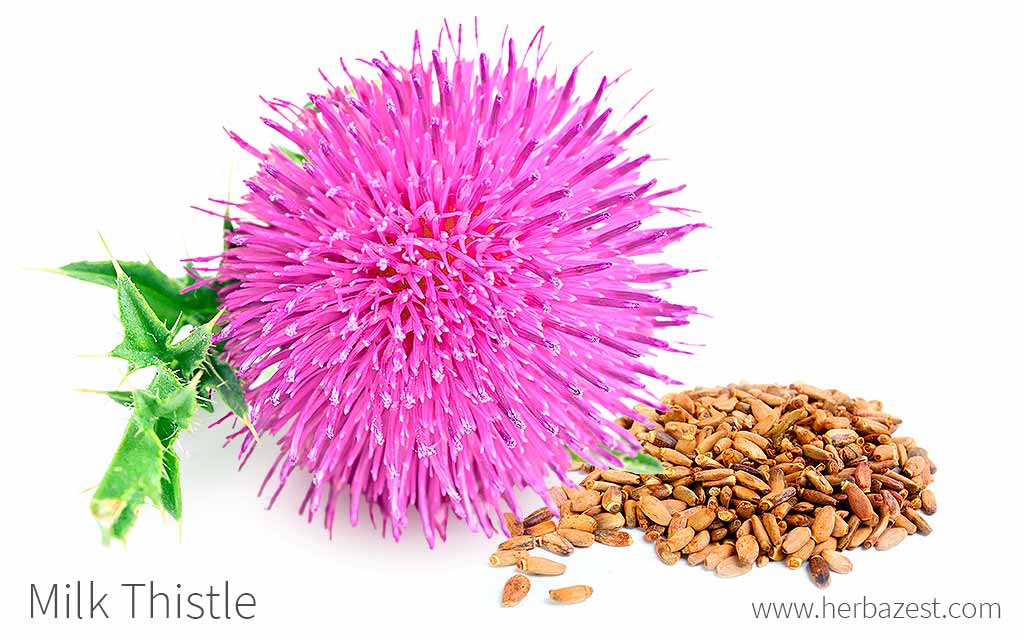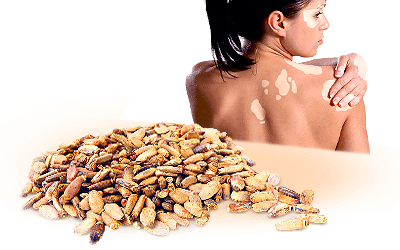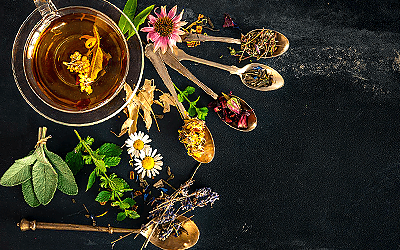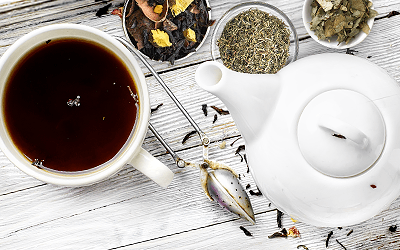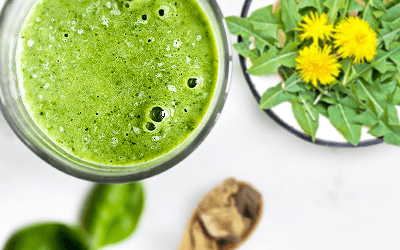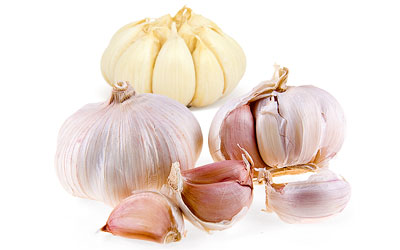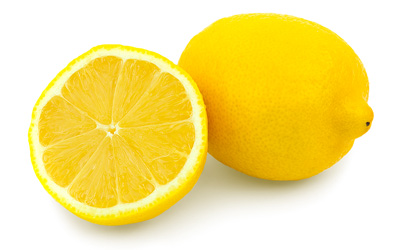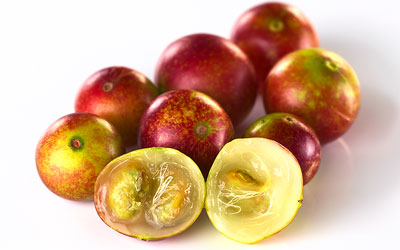Milk thistle, a flowering plant originally from the Mediterranean, has been used as a medicinal herb for nearly 2,000 years. Today, its seeds are regarded as a commodity, and its production contributes to the global agronomic sector.
Milk Thistle Medicinal Properties
Health Benefits of Milk Thistle
The main reason for milk thistle's varied medicinal properties is its high nutritional value. Scientific research has found milk thistle to be useful mainly for:
Protecting the liver. The silymarin in milk thistle which has been found to help protect the liver.
Managing hepatitis B and C. Hepatitis is the swelling of the liver and can be caused by a range of factors. Research shows milk thistle improves survival rates in people with chronic hepatitis.
Additional benefits of milk thistle include:
Relieving jaundice. Jaundice causes the skin and whites of the eyes to turn yellow, and is often a symptom of cirrhosis or other liver problems.
Lowering inflammation. Milk thistle also contains antioxidant compounds that have an anti-inflammatory action.
How It Works
Milk thistle contains a flavonoid called silymarin, which is made up of four smaller compounds: silybin, isosilybin, silydianin, and silychristin. These phytonutrients - the most active one being silybin - have been found to protect the liver from damage.
The most widely-studied medicinal use of milk thistle is, undoubtedly, as a liver-protecting herb. It is theorized that silymarin, the active compound in milk thistle, prevents toxins from binding to liver cells, preventing them from accumulating. It may also help the liver produce more cells and repair itself, though neither of these mechanisms has been fully ascertained.1,2
SILYMARIN, THE ACTIVE COMPOUND IN MILK THISTLE, PREVENTS TOXINS FROM BINDING TO LIVER CELLS AND ALSO EXHIBIT ANTIOXIDANT PROPERTIES.
Herbs with hepatoprotective properties are chicory and dandelion, whereas blueberry and tea plant (particularly green tea) are rich in antioxidants.
Milk Thistle Side Effects
Milk thistle is likely safe for most people when taken medicinally. Potential side effects for taking milk thistle include allergic reaction, bloating, blood clots, constipation, diarrhea, fever, gas, headache, and nausea.
Cautions
Women who have endometrial cancers, uterine fibroids, or endometriosis should use caution when taking milk thistle because parts of the plant can provoke negative hormonal reactions.
Those who are allergic to daisies, artichokes, or any other plant in the Asteraceae family should not take milk thistle because it can trigger an allergic reaction.
Milk thistle lowers blood sugar levels, so those who suffer from diabetes should exercise caution when consuming this herb.
Women who are pregnant or breastfeeding should consult a physician before taking milk thistle.
- Medicinal action Hepatoprotective
- Key constituents Silymarin
- Ways to use Capsules, Hot infusions/tisanes, Liquid extracts
- Medicinal rating (3) Reasonably useful plant
- Safety ranking Use with caution
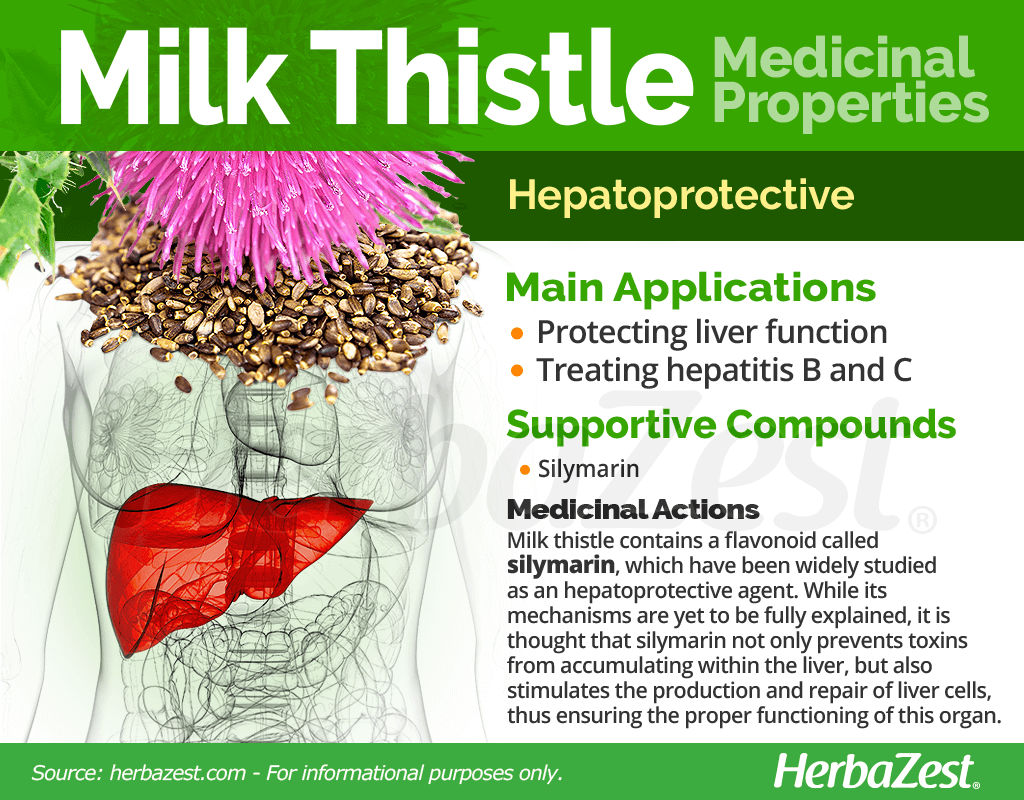
How to Consume Milk Thistle
Milk thistle has been used for centuries in medicinal forms. Nowadays it is more common to find it in capsules and extracts; however, milk thistle fresh or dried seeds can be used to make herbal preparations at home.
Milk thistle also has minor culinary uses. The fresh leaves, stems, roots, and flower buds can be consumed after being boiled, like artichokes.
Natural Forms
Infusion. A hot tisane of milk thistle fresh or dried seeds can be made at home or bought in the convenient form of tea bags.
Herbal Remedies & Supplements
Liquid extract. Few drops of this concentrated preparation can be added to a glass of water in order to reap the hepatoprotective properties of the herb.
Capsules. This is the most widely available supplemental form of the herb. Milk thistle capsules contain fixed doses of silymarin.
- Edible parts Flowers, Leaves, Root, Stem
- Taste Mildly bitter, Earthy
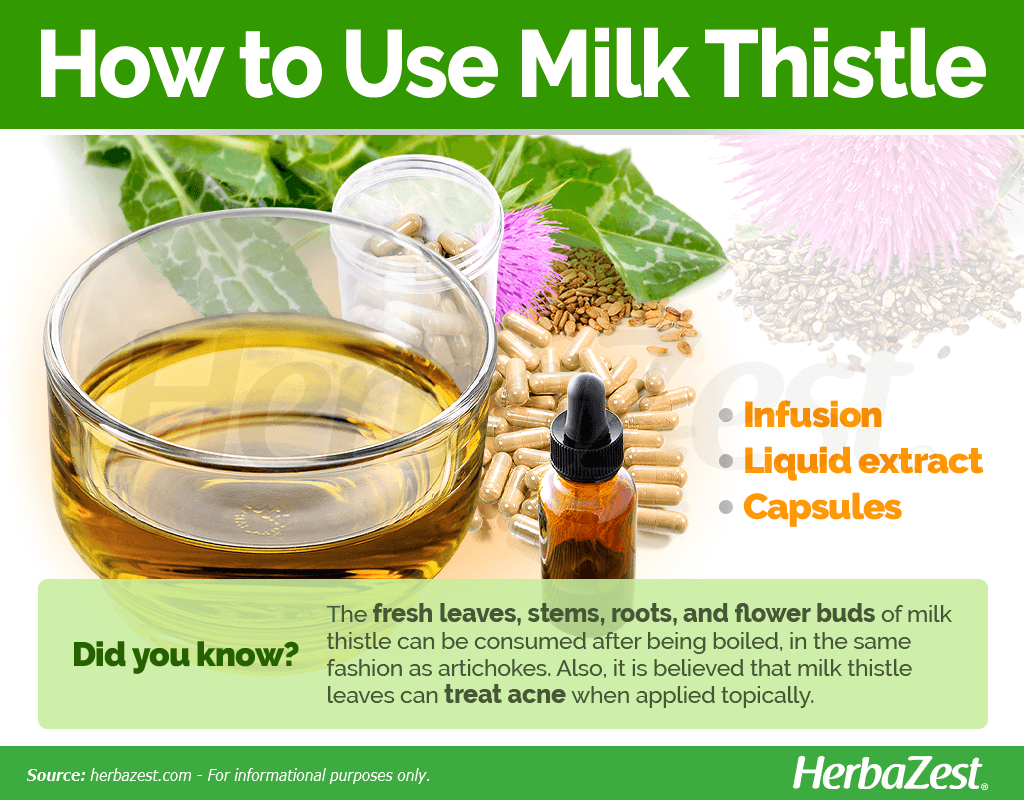
Growing
Milk thistle is capable of adapting to various types of soil and climates, but it does grow best in fertile, overgrazed pastureland.
Growing Guidelines
Milk thistle prefers full light exposure, but can grow well under light shade.
Milk thistle should be grown in loamy or sandy soil.
It is suggested that milk thistle seeds be sown about 0.1 inches (3 mm) deep at the beginning of spring.
Regular pruning is not required, but flower stems may be removed to keep foliage effect.
Propagation should be done in the late spring or early summer.
More detailed information about growing milk thistle can be found in the herb garden section.
- Life cycle Perennial
- Harvested parts Flowers, Seeds
- Light requirements Partial shade, Full shade
- Soil Medium (loam)
- Soil pH 6.1 – 6.5 (Slightly acidic)
- Growing habitat Temperate climates, Mediterranean regions
- USDA Plant Hardiness Zones 5a, 5b, 6a, 6b, 7a, 7b, 8a, 8b, 9a, 9b
Additional Information
Plant Biology
Also known as Mary's blessed thistle and silybum, milk thistle is native to the Mediterranean regions, but grows in many different parts of the world. The stems are thick but hollow or filled with a pith and branched from the base. They have shiny sparse hairs on the upper surface and are dull and more hairy on the lower surface. The flower heads contain approximately 50-200 purple florets. The flowers are surrounded by large, stiff, reflexed bracts.
Classification
Milk thistle is a member of the Asteraceae family, which contains over 23,000 species spread out over 1,620 genera and 12 subfamilies. This botanical group has a worldwide distribution and is economically important, especially in herbal medicine. Other well-known Asteraceae members include dandelion (Taraxacum officinale), lettuce (Lactuca sativa), and artichoke (Cynara cardunculus).
Varieties and Subspecies of Milk Thistle
Over the course of history, genetic differences have emerged between the different populations of milk thistle, since it has adapted to be grown in different places throughout the world. Their main flavonoid content now differs depending on conditions such as rainfall and temperatures in the area where they are planted, as well as on the genetic differences that have occurred over time.
Historical Information
The documented importance of milk thistle dates back to 100 CE, when it first appeared as an herbal remedy in ancient Roman medicinal treatises. After this, the Saxons used milk thistle to ward off snakes. During Medieval times, the leaves and stalks of the milk thistle became a common ingredient in salads, pies, and soups.
By the 19th century, European physicians began recommending milk thistle as an effective way to treat liver problems, and research continues to be done into its healing properties to the present day.
Economic Data
Germany is currently the largest producer of milk thistle; However, production of commercial milk thistle also exists on a large scale in Austria, Hungary, Poland, Argentina, and China. It has also been widely introduced to other places outside its natural habitat, including New Zealand, Australia, and North America.
Popular Beliefs
In ancient Greece, Dioscoriodes authored a book with approximately 600 different plants and herbs, including milk thistle, which was considered a cure for snakebites.
Other Uses of Milk Thistle
Skin care. Some people believe that applying milk thistle to the skin can help towards clearing the face of acne.
Gardening. The milk thistle plant is also used for ornamental purposes.
- Other uses Cosmetics
Sources
- British Broadcasting Corporation, The healing power of herbs
- Journal of the Society for Integrative Oncology, Advances in the use of milk thistle (Silybum marianum), 2007
- Mediterranean Vegetables: A Cook's ABC of Vegetables and Their Preparation, p. 225
- The Green Pharmacy: New Discoveries in Herbal Remedies for Common Diseases, p. 311
- Encyclopedia of Herbal Medicine
- MedlinePlus Herbs and Supplements, Milk thistle
- Germplasm Resources Information, Taxon: Silybum marianum (L.) Gaertn.
- New York University - Langone Medical Center, Milk Thistle
Footnotes:
- Phytomedicine. (2009). A randomized controlled trial to assess the safety and efficacy of silymarin on symptoms, signs and biomarkers of acute hepatitis. Retrieved August 1, 2022 from: https://pubmed.ncbi.nlm.nih.gov/19303273/
- Biomedicine & Pharmacotherapy. (2021). Silymarin (milk thistle extract) as a therapeutic agent in gastrointestinal cancer. Retrieved August 1, 2022 from: https://www.ncbi.nlm.nih.gov/pmc/articles/PMC8458260/
